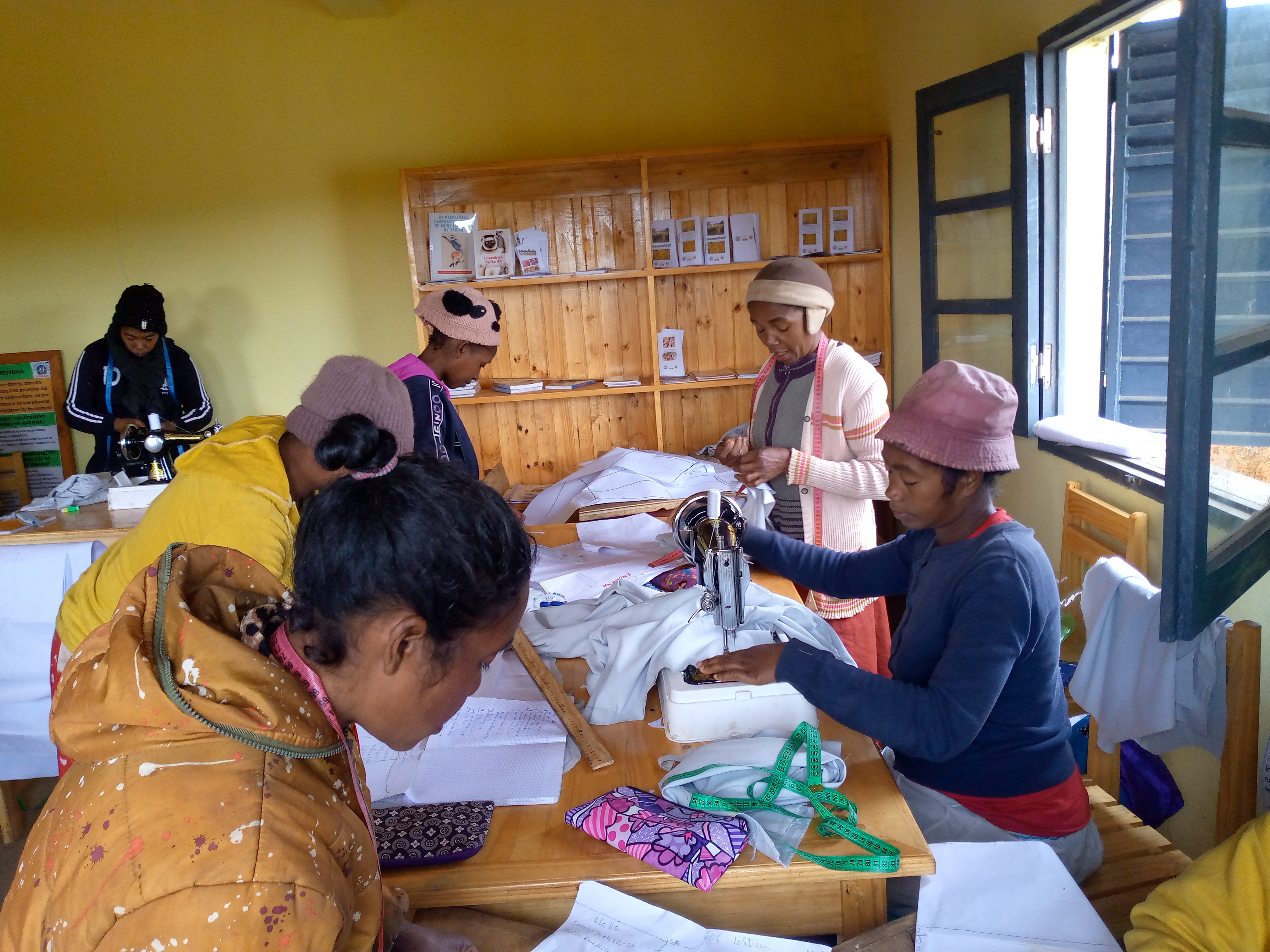

The IMET evaluation of Mangabe Reserve in 2020 revealed weaknesses in infrastructure, capacity and communication that hamper effectiveness of the Reserve. Sustainability of the Reserve depends entirely on the capacity of the local communities to manage it. This is compounded by poor education levels of the population and difficult access to the villages. Over the past years, we have been bringing technicians from the towns to inform and train community members. It is now time to make this knowledge available locally so that youth who are better educated can access and use them as needed. Our challenge until 2030 is to establish an information center at each of the ten villages within Mangabe Reserve. In 2021, we started the initiative to build three information centers in three villages (Mangabe, Andranomandry, and Avolo) within the Mangabe Reserve. At the center, all community members will be able to obtain information about the Reserve and the existing regulations from one place. They will also be able to learn about improved farming techniques and read documents on financial management, personal development, etc. The center will represent the permanent presence of the Reserve that people will know and respect. As a result, we expect annual forest cover loss to decrease below 250ha from 2022.
- Consult and collect the needs of local communities
- Local communities give act of land endowment to build the information centers
- Involve community members during the process of the building of information centers
To run information centers, we planned monthly events involving staffs from Ministry representatives and other guests to cover relevant topics for the local communities (importance of Protected Area, sustainable agriculture, health and hygiene…). Due to the delay in the building of information centers, acquisition and transport of equipment, and fieldwork missions, this objective was not achieved as planned. This led us to design an annual planning of the use of information centers. In 2022, the information center in Mangabe village was used for sewing and embroidery course for the women group, the information center in Andranomandry was dedicated for alphabetization course for adult people, and the information center in Avolo village was mainly used for community meetings.